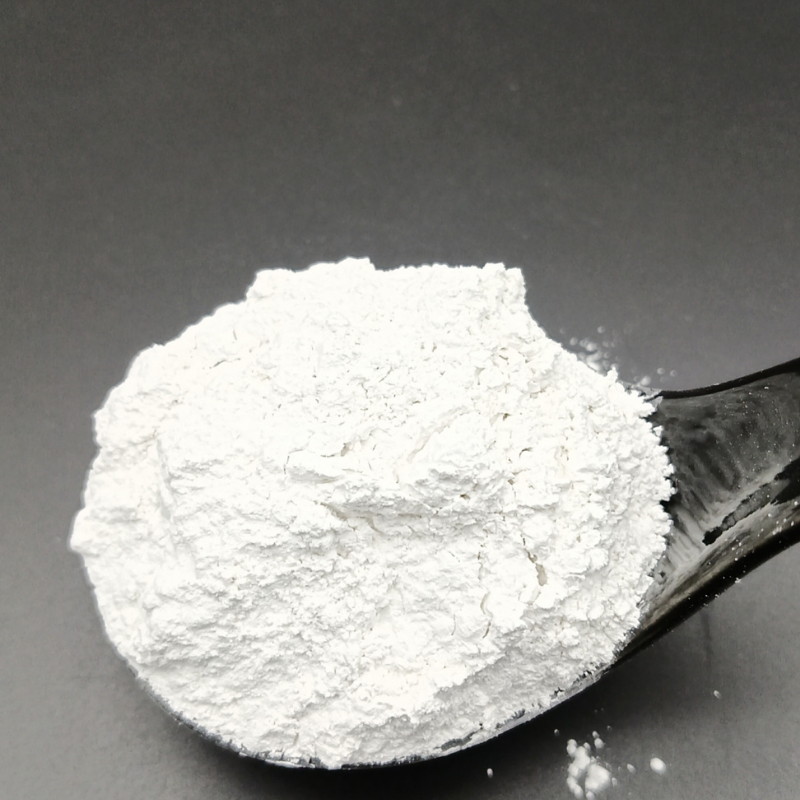These raw materials are mostly produced by the sedimentation of the shells of foraminifera, brachiopods, bryozoan, snails, shellfish, corals and other organisms that took place many millions of years ago. Although the many varieties of limestone (such as chalk) and marble are indistinguishable in chemical terms, they are different from each other in many other ways. These differentiations include the material’s purity, color, thickness, hardness, homogeneity or uniformity, and crystalline forms. Calcium carbonate is a material that is as abundant as it is useful. CaCO3 is even able to be produced by combining CaO (calcium oxide) and CO2 (carbon dioxide). With many different applications for the material throughout a variety of industries, it could be argued that calcium carbonate is one of the most useful and versatile materials in existence.
The vast majority of us purposefully interact with calcium carbonate rocks for the first time in a school classroom, where we use it in the form of chalk. Chalk has been used as a writing tool for over 10,000 years and has been found in many prehistoric cave paintings as the primary medium. Chalk is a very fine, microcrystalline substance. Chalk, which is a type of biogenic rock/limestone, differs from other forms of calcium carbonate, such as limestone, by being made up almost entirely of the calcite mineral. In addition to chalk, there are many different types of limestone such as oolitic limestone, dolomitic limestone, fossiliferous limestone, pulverized limestone, marine limestone, and more. The limestone formed can be found all over the world, and is often mined in a limestone quarry. There are many large deposits of marble that can be found in both Europe and North America and also in Europe. Calcium carbonate found in its many sedimentary forms can also be transformed through natural process into marble, a metamorphic rock. This process happens when either any form of limestone is recrystallized by being subjected to high temperature and high pressure conditions over long periods of time. Some of the most famous marble comes from Carrara, Italy. Carrara is home to the pure white "statuario" marble, which was used by Michelangelo to create his famous sculptures.








